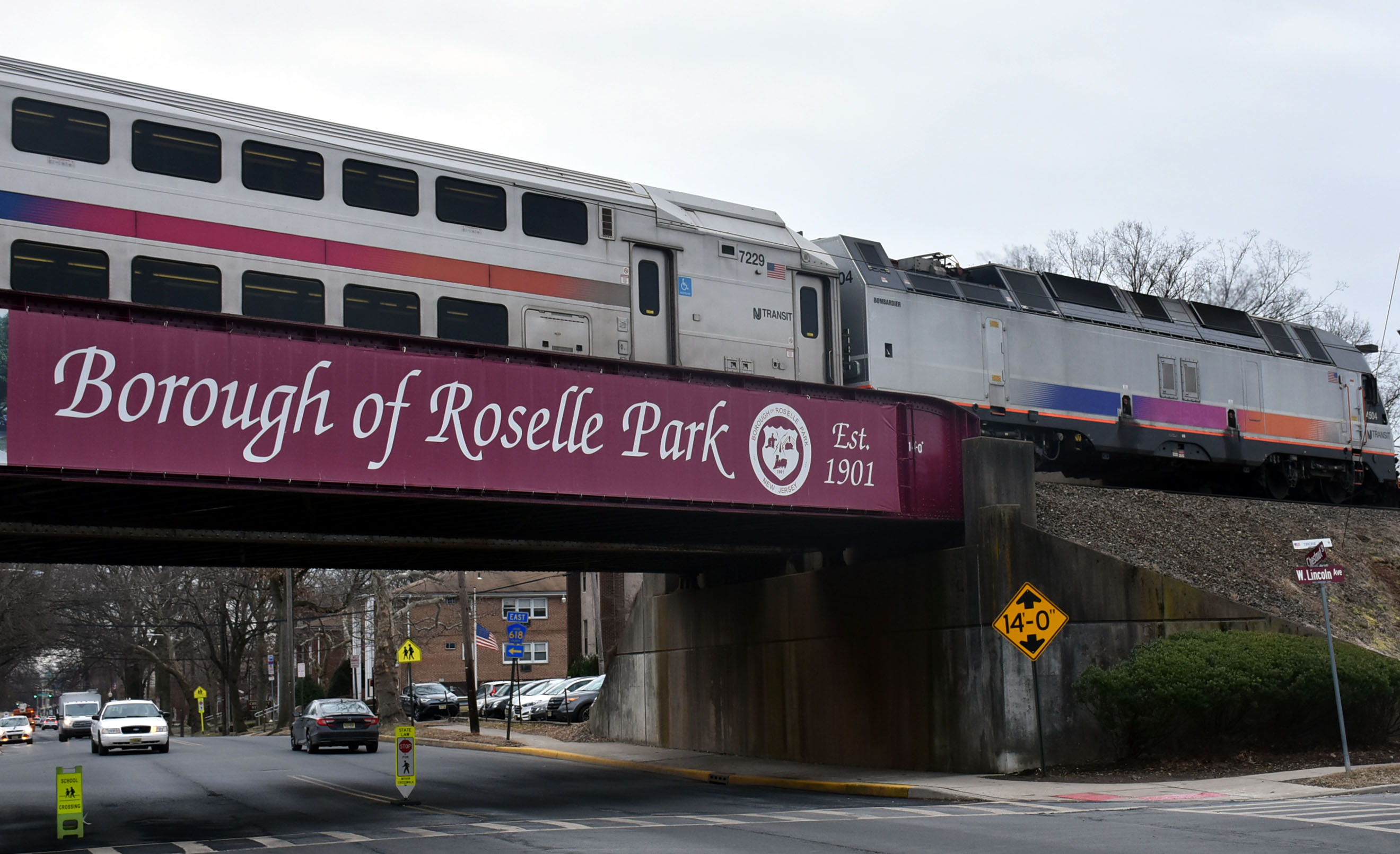What is a one-seat ride?
The Raritan Valley Line (RVL) is the only NJ TRANSIT line connected by tracks to Penn Station New York whose passengers for most trains must transfer to a second train at Newark to complete the ride into NYC.
There are some one-seat ride trains off-peak and evenings during the weekdays. These “one-seat” rides were temporarily suspended in fall 2018 due to work required by NJ TRANSIT to complete its Positive Train Control project (PTC). These trains remain on the RVL schedule but only go as far as Newark.
In October 2019, it was announced that one-seat weekday off-peak rides into New York Penn Station will be restored as of November 3, 2019 with the exception of a late-night train that will continue to terminate at Newark Penn Station.
How can I support implementation of an expanded one-seat ride for the Raritan Valley Line?
The Raritan Valley Rail Coalition one seat ride campaign encourages you to take the following actions.
- Read about the one-seat ride service and its benefits to towns and residents alike.
- Click on one of the several sample letters on the Action Page of this site and e-mail and mail a hard copy of each letter to Mr. Kevin Corbett, Executive Director NJ TRANSIT to your municipal and county governments and your state legislative representatives.
What would be an equitable allocation of one-seat ride service?
The Raritan Valley Line currently makes up about 10% of NJ TRANSIT’s daily ridership system wide. Based on ridership, the RVRC proposes direct service on
- All off-peak weekday trains
- All weekend trains
- Two AM and PM peak hour weekday trains.
How will a one-seat ride service benefit housing values and the local economy?
The impact of a one-seat ride service has been studied in a report published by the Regional Plan Association. The report shows its impact on towns surrounding the train line.
Rail lines with one-seat ride service into Manhattan are more desirable and encourage more redevelopment and development of residential housing units, retail stores and offices located near existing train stations. The benefits include:
- Increased residential housing values
- Increased property taxes collected by the town resulting in more revenue to provide services for town residents
- Increased sales taxes collected since jobs in Manhattan pay an average of 60% more than the same jobs in New Jersey. Towns with the one-seat ride service have fewer store vacancies and a more diverse and economically viable selection of restaurants, stores and offices in downtown.
Why haven’t we had a one-seat ride before and what has changed?
Raritan Valley Line operates with diesel locomotives and is not electrified. Diesel trains are not allowed to operate in the Hudson River tunnels into Penn Station New York due to fire regulations.
After the Access to the Region’s Core (ARC) Tunnel project to build new Hudson River train tunnels was cancelled, NJ TRANSIT purchased dual-powered locomotives. These allow a train locomotive to switch from diesel to electric for power. So Raritan Valley Rail trains can run on diesel and then switch to electric power for use in the train tunnels.
The arrival of the dual-powered locomotives have opened new opportunities to reach Penn Station New York directly. The final obstacle to overcome is the limit on the number of all trains allowed in the Hudson River tunnels in any one hour. The construction of new tunnels will help address this issue and are large part of the Gateway Project.
Why does the Raritan Valley Line need a one-seat ride?
When commuters on the Raritan Valley Line have to change trains in Newark in order to get to Midtown Manhattan it is not an easy process.
This transfer often requires passengers to change platforms, meaning that hundreds of people are hurrying, sometimes even running, downstairs and back up to another train platform in order to continue their journey into Midtown. It is a very stress experience. In addition, the transfer adds fifteen minutes to travel time to Midtown.
